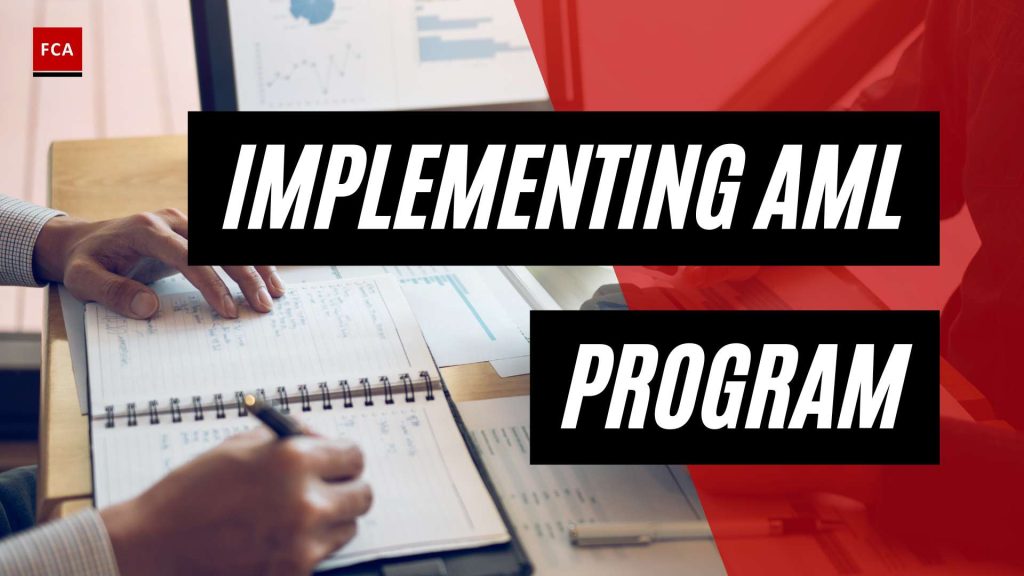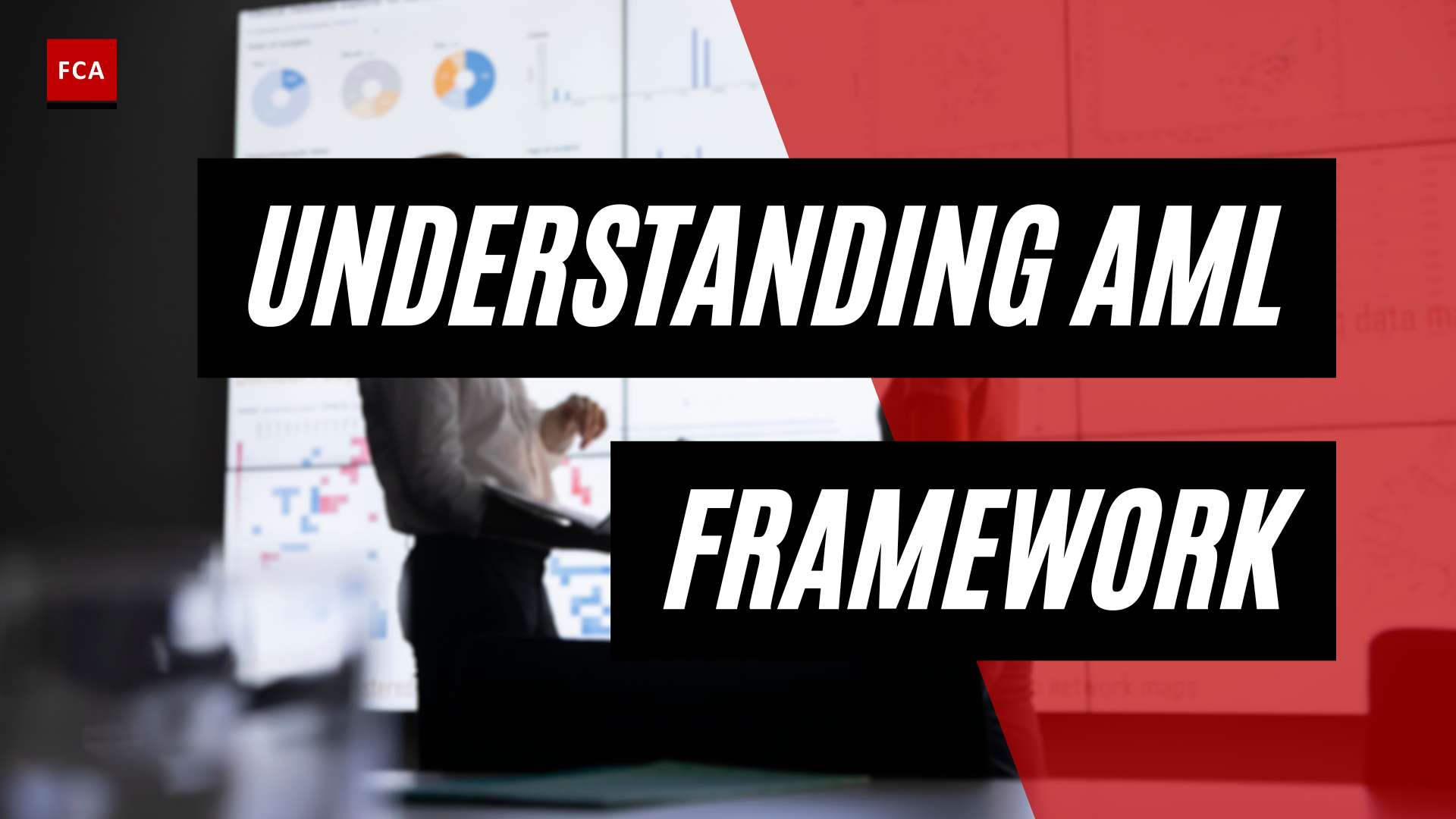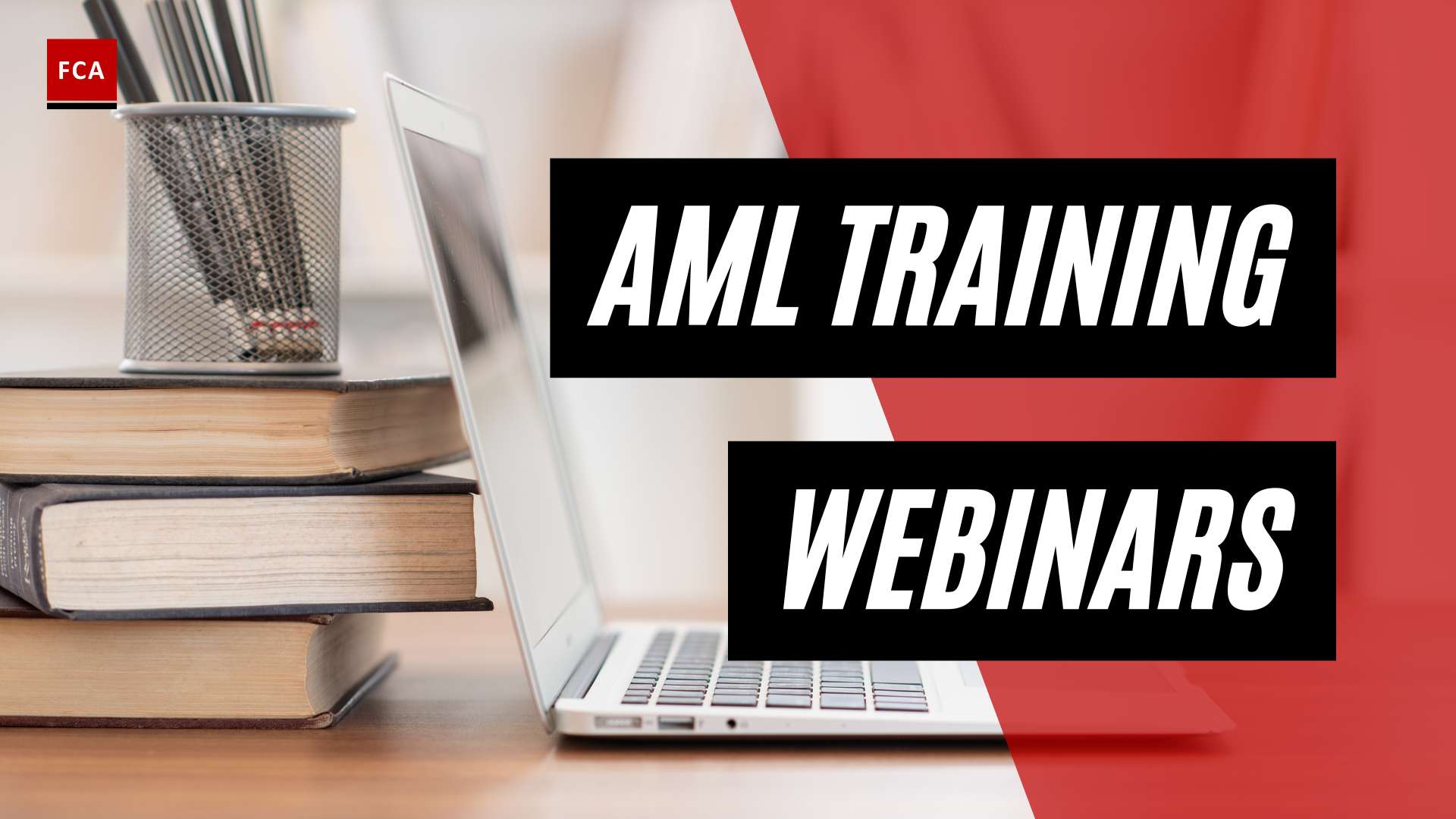Understanding Anti-Money Laundering (AML) Compliance
In today’s global financial landscape, combating money laundering has become a top priority for governments and financial institutions alike. Anti-Money Laundering (AML) compliance programs play a crucial role in preventing and detecting illicit financial activities. This section will provide an overview of AML compliance, highlighting its definition, importance, and the relationship between AML regulations and financial privacy.
What is Anti-Money Laundering?
Anti-Money Laundering (AML) refers to a set of laws, regulations, and procedures designed to prevent criminals from disguising the origins of illegally obtained funds. Money laundering involves a series of transactions that make the funds appear legitimate, allowing criminals to enjoy the proceeds of their illegal activities without arousing suspicion.
AML regulations require financial institutions, including banks, credit unions, and other regulated entities, to implement robust controls and procedures to detect and prevent money laundering. These measures help safeguard the integrity of the financial system and protect it from being exploited for illicit purposes.
Importance of AML Compliance
AML compliance is of paramount importance for financial institutions and businesses operating in sectors prone to money laundering risks. Failure to comply with AML regulations can result in severe consequences, including financial penalties, reputational damage, and even criminal charges.
By implementing effective AML compliance programs, organizations demonstrate their commitment to upholding the integrity of the financial system and preventing their services from being used for illicit activities. These programs help identify and mitigate risks associated with money laundering and terrorist financing, ensuring that financial institutions operate in a secure and responsible manner.
AML Regulations and Financial Privacy
While AML regulations aim to combat money laundering, they must also strike a balance with the need for financial privacy. Financial institutions are required to obtain and verify the identities of their customers as part of the Customer Due Diligence (CDD) process. This helps establish a clear understanding of the customer’s financial activities and detect any potential money laundering risks.
However, organizations must also respect the privacy rights of their customers and protect their sensitive information. AML regulations emphasize the importance of securely handling customer data and implementing adequate safeguards to prevent unauthorized access or misuse.
Financial privacy and AML compliance can coexist when organizations adhere to relevant regulations, such as the beneficial ownership regulations, which require the disclosure of the individuals or entities that ultimately own or control a customer. By implementing the necessary measures to safeguard financial privacy, organizations can ensure compliance with AML regulations while maintaining the trust and confidence of their customers.
Understanding the fundamentals of AML compliance, its significance, and its relationship with financial privacy lays the groundwork for building effective AML compliance programs. In the following sections, we will explore the key components and strategies involved in establishing a robust AML compliance framework.
Building an Effective AML Compliance Program
To stay ahead of financial crime and ensure compliance with Anti-Money Laundering (AML) regulations, organizations need to establish a robust AML compliance program. This program consists of several key components, including conducting a risk assessment, establishing internal policies and procedures, and implementing customer due diligence (CDD) measures.
Conducting Risk Assessment
A crucial first step in building an effective AML compliance program is conducting a comprehensive risk assessment. This involves identifying and evaluating the risks associated with money laundering and terrorist financing that your organization may face. By understanding the specific risks and vulnerabilities, you can tailor your compliance efforts to address them effectively.
During the risk assessment process, consider factors such as the nature of your business, the types of customers you serve, the geographical locations you operate in, and the products and services you offer. By analyzing these factors, you can determine the level of risk your organization faces and prioritize your compliance efforts accordingly. For more information on conducting a risk assessment, refer to our article on AML risk assessment.
Establishing Internal Policies and Procedures
Once you have identified the risks, it is crucial to establish robust internal policies and procedures that outline the steps your organization will take to prevent and detect money laundering and terrorist financing activities. These policies and procedures should cover various aspects, including customer onboarding, transaction monitoring, and suspicious activity reporting.
The internal policies and procedures should be well-documented, easily accessible to all relevant personnel, and regularly updated to reflect changes in AML regulations and best practices. They should outline the responsibilities and expectations of employees, as well as the processes and controls in place to ensure compliance. Additionally, organizations should designate an AML compliance officer or team responsible for overseeing and implementing these policies and procedures. To learn more about the role of an AML compliance officer, refer to our article on AML compliance officer.
Implementing Customer Due Diligence (CDD) Measures
Customer due diligence (CDD) is a critical component of any AML compliance program. It involves verifying the identity of customers, assessing their potential risks, and monitoring their transactions for suspicious activities. Implementing robust CDD measures helps organizations ensure that they are doing business with legitimate individuals and entities while minimizing the risk of money laundering.
CDD measures typically include collecting and verifying customer identification information, conducting ongoing monitoring of customer transactions, and implementing enhanced due diligence for higher-risk customers. By implementing these measures, organizations can better understand their customers, detect and report suspicious activities, and comply with regulatory requirements. For more information on CDD, refer to our article on customer due diligence.
By building an effective AML compliance program that includes conducting a risk assessment, establishing internal policies and procedures, and implementing CDD measures, organizations can proactively prevent and detect money laundering and terrorist financing activities. Regularly reviewing and updating these components, along with ongoing training and monitoring, will help organizations stay compliant and mitigate the risks associated with financial crime.
AML Compliance Tools and Technologies
To effectively combat money laundering and ensure compliance with anti-money laundering (AML) regulations, financial institutions and organizations rely on various tools and technologies. These tools help in detecting suspicious activities, conducting thorough customer due diligence, and assessing risks associated with money laundering. Here are some key AML compliance tools and technologies:
Transaction Monitoring Systems
Transaction monitoring systems play a crucial role in identifying potential money laundering activities. These systems analyze large volumes of financial data in real-time, flagging transactions that deviate from expected patterns or show signs of suspicious behavior. By setting up rules and algorithms, these systems can detect unusual transactions, such as large cash deposits, frequent transfers between unrelated accounts, or structured transactions designed to avoid reporting thresholds.
The transaction monitoring systems generate alerts for further investigation by compliance professionals. These alerts help in identifying and reporting potential instances of money laundering or other illicit activities. Regular updates and enhancements to these systems are necessary to keep up with evolving money laundering techniques and regulatory requirements.
Know Your Customer (KYC) Solutions
Know Your Customer (KYC) solutions are vital for implementing strong customer due diligence measures. KYC solutions enable financial institutions to verify the identity of their customers and assess the risks associated with them. These solutions typically involve collecting and verifying customer information, such as identification documents, address proof, and beneficial ownership details.
Through advanced identity verification techniques, including document verification and biometric authentication, KYC solutions help in ensuring that customers are who they claim to be. By automating the KYC process, these solutions streamline customer onboarding while maintaining compliance with AML regulations and beneficial ownership regulations.
Risk Assessment Software
Risk assessment software is a valuable tool for evaluating and managing AML risks. This software enables organizations to conduct comprehensive risk assessments by considering various factors, such as customer profiles, transaction volumes, geographic locations, and business relationships. By analyzing these risk indicators, the software assigns risk scores to customers and transactions, highlighting areas of higher potential risk.
Risk assessment software helps in identifying high-risk customers who may require enhanced due diligence measures. It also facilitates the prioritization of resources and efforts towards mitigating the highest risks. Regular updates to the risk assessment software ensure that it reflects the latest regulatory requirements and risk trends.
By leveraging these AML compliance tools and technologies, organizations can enhance their ability to detect and prevent money laundering activities. These tools provide valuable insights, automate manual processes, and enable compliance professionals to focus their efforts on investigating and reporting suspicious activities. However, it’s important to note that these tools should be used in conjunction with well-defined internal policies, procedures, and the expertise of trained AML compliance officers.
Training and Education for AML Compliance
To effectively combat money laundering and financial crimes, organizations must prioritize training and education for AML compliance. By equipping employees with the necessary knowledge and skills, they can better understand their roles and responsibilities in upholding AML regulations. This section will explore AML compliance training programs, ongoing education and awareness initiatives, as well as the importance of continuous monitoring and auditing.
AML Compliance Training Programs
Implementing comprehensive AML compliance training programs is essential for ensuring that employees are well-versed in the latest AML regulations and industry best practices. These training programs should cover a range of topics, including the identification of red flags, suspicious activity reporting, customer due diligence (CDD) procedures, and the role of different stakeholders in the AML process.
By providing employees with a solid foundation of AML knowledge, organizations can foster a culture of compliance and minimize the risk of financial crimes. Training programs should be tailored to different roles within the organization, such as front-line staff, compliance officers, and senior management. Additionally, regular updates and refresher courses should be conducted to keep employees informed about emerging trends and regulatory changes.
Ongoing Education and Awareness
AML compliance is an ever-evolving field, necessitating ongoing education and awareness initiatives. Organizations should encourage employees to stay abreast of the latest developments in AML regulations, industry trends, and emerging typologies of money laundering. This can be achieved through subscriptions to industry publications, participation in webinars and conferences, and engaging with professional networks.
Promoting a culture of continuous learning and awareness helps employees recognize potential risks and adapt to changing compliance requirements. By investing in ongoing education, organizations demonstrate their commitment to combating financial crimes and protecting their reputation.
Continuous Monitoring and Auditing
In addition to training and education, continuous monitoring and auditing play crucial roles in maintaining an effective AML compliance program. Through the use of advanced technologies and AML compliance software, organizations can monitor transactions and customer activities in real-time, allowing for the timely detection of suspicious behavior. Transaction monitoring systems, such as AML compliance software, can help identify patterns and anomalies that may indicate potential money laundering activities.
Regular audits and internal reviews should be conducted to evaluate the effectiveness of the AML compliance program. These assessments help identify any weaknesses or gaps in the system, allowing organizations to promptly address and rectify them. By regularly reviewing and updating internal policies and procedures, organizations can adapt to evolving regulatory requirements and enhance their overall compliance posture.
By investing in comprehensive training and education programs, fostering ongoing awareness, and implementing robust monitoring and auditing practices, organizations can stay ahead of financial crimes and ensure compliance with AML regulations. This multi-faceted approach strengthens the overall AML compliance program and helps protect organizations from the risks associated with money laundering and other illicit activities.
Ensuring Compliance and Mitigating Risks
To effectively combat money laundering and financial crime, it is crucial for organizations to ensure compliance with anti-money laundering (AML) regulations and mitigate associated risks. This section explores three key strategies in achieving this: regular compliance assessments, reporting suspicious activities, and collaboration with regulatory authorities.
Regular Compliance Assessments
Regular compliance assessments are essential to evaluate the effectiveness of an AML compliance program. These assessments involve conducting internal reviews and audits to identify any gaps or weaknesses in the program. By assessing the program on a regular basis, organizations can proactively address any deficiencies and make necessary improvements.
During compliance assessments, organizations should review their policies, procedures, and controls to ensure they align with the latest AML regulations and industry best practices. It is also important to assess the adequacy of staff training programs and determine if employees are knowledgeable about AML requirements and their roles in the compliance process.
Reporting Suspicious Activities
Prompt and accurate reporting of suspicious activities is a critical component of an effective AML compliance program. It is crucial for organizations to establish clear procedures for reporting suspicious transactions or behaviors. Employees should be trained to recognize red flags and be aware of the reporting requirements.
When suspicious activities are identified, organizations should submit suspicious activity reports (SARs) to the appropriate regulatory authorities. SARs provide crucial information that helps law enforcement agencies identify and investigate potential money laundering or illicit financial activities. Organizations should ensure that the reporting process is well-documented, and employees understand their responsibilities in reporting suspicious activities. For more information on suspicious activity reporting, refer to our article on suspicious activity reporting.
Collaboration with Regulatory Authorities
Collaboration with regulatory authorities is vital in the fight against money laundering and financial crime. Organizations should maintain open lines of communication with relevant regulatory bodies, such as financial intelligence units and law enforcement agencies. This collaboration allows for the sharing of information, expertise, and best practices to strengthen AML efforts.
Organizations should proactively engage with regulatory authorities to seek guidance, clarify regulatory requirements, and address any compliance-related concerns. Compliance officers and AML teams should stay updated on regulatory developments and participate in industry forums and working groups to stay informed about emerging trends and regulatory expectations.
By ensuring regular compliance assessments, reporting suspicious activities, and collaborating with regulatory authorities, organizations can strengthen their AML compliance programs and mitigate the risks associated with money laundering and financial crime. For a comprehensive understanding of AML compliance and related topics, refer to our articles on anti-money laundering compliance, customer due diligence, and beneficial ownership regulations.








